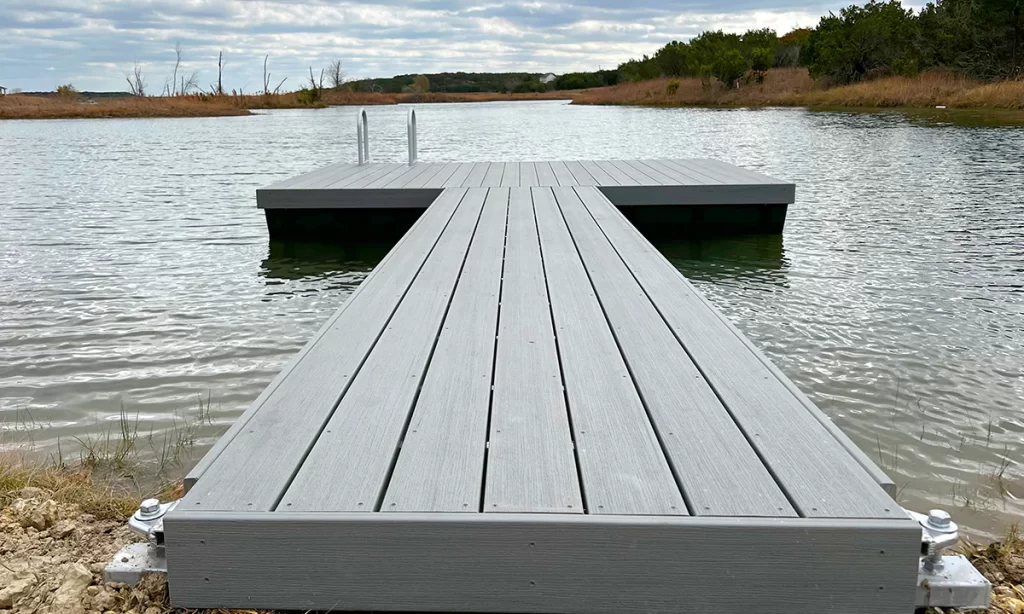Innovative Techniques for Installing Dock Pilings in Challenging Marine Environments
Installing dock pilings in challenging marine environments requires innovative techniques to ensure stability, durability, and longevity. Marine construction faces unique difficulties, including shifting tides, soft or rocky seabeds, strong currents, and environmental regulations. Traditional methods often struggle to meet the demands of these complex conditions, making it necessary to employ more advanced approaches. One of the key challenges in installing dock pilings is dealing with varying seabed compositions. In areas with soft, unstable soils, standard driving methods can cause pilings to sink unevenly or fail to provide adequate support. To address this, engineers often use jetting techniques. Jetting involves directing high-pressure water streams at the base of the piling during installation, loosening the surrounding material and allowing the piling to sink deeper with less resistance. This method helps create a more stable foundation in softer soils and ensures that the pilings are set securely. In rocky or extremely hard seabeds, drilling techniques are often employed.

In these scenarios, traditional piling driving methods may not penetrate the bedrock or dense material. Drilled pilings offer a solution by using specialized equipment to bore holes into the seabed, where pilings can be inserted. This approach not only ensures a firm placement but also reduces the stress on the piling materials, minimizing the risk of damage during installation at hiseadock. Drilling also allows for more precise alignment of the pilings, which is critical in environments where exact placement is necessary to avoid underwater obstacles or sensitive habitats. Another innovative approach is the use of vibratory hammers. These machines create vibrations that loosen the seabed material around the piling as it is driven into the ground. Vibratory hammers are especially effective in areas where noise pollution from traditional pile-driving equipment is a concern, as they produce significantly less noise. This is particularly important in environments where marine life may be disturbed by loud noises, such as near coral reefs or in regions home to protected species.
Floating platforms and specialized marine barges have also become essential tools in challenging marine environments. These platforms provide stable bases from which heavy machinery can operate, even in areas with strong currents or deep water. By utilizing floating platforms, construction crews can position equipment directly above the installation site, making it easier to maneuver pilings into place. Additionally, these platforms can be fitted with advanced positioning systems, ensuring that the pilings are installed with pinpoint accuracy, which is essential when working in crowded or restricted marine spaces. Incorporating these innovative techniques not only enhances the efficiency and precision of dock pilings installation but also mitigates environmental impact, ensuring that marine ecosystems remain undisturbed. The combination of jetting, drilling, vibratory hammers, and floating platforms enables marine contractors to overcome the challenges posed by difficult seabed conditions, ensuring that dock structures are securely anchored and capable of withstanding the harsh marine environment.
